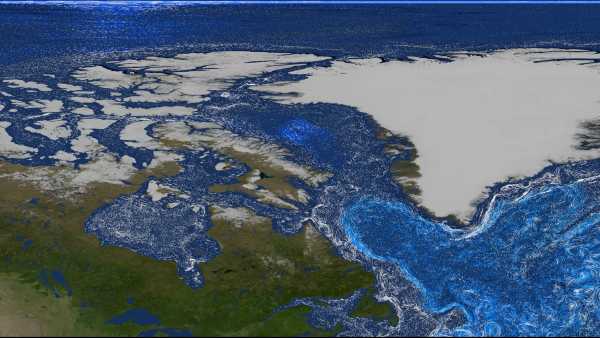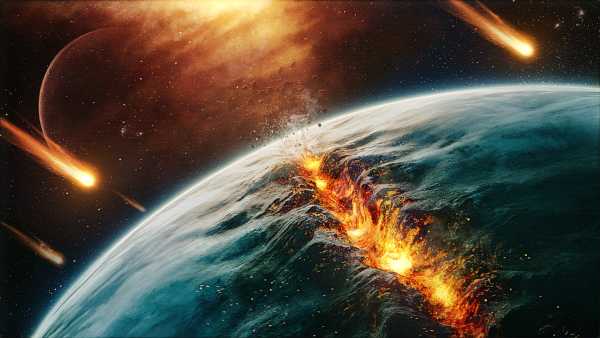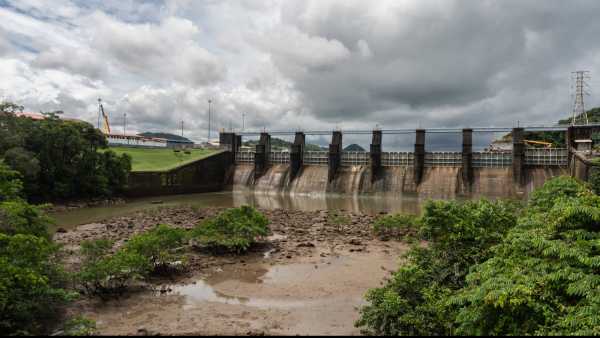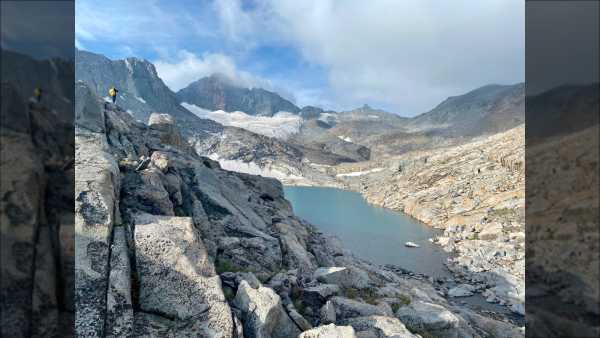
Maclure Glacier in Yosemite National Park. Sierra Nevada glaciers are expected to disappear by 2100. (Photo: Andrew Jones)
Yosemite National Park's mountain glaciers are predicted to melt in at least 75 years. A new study suggests their disappearance will mark the first time humans will see the Sierra Nevada Mountains ice-free.
According to a new study published Wednesday (October 1) in the journal Science Advances, Sierra Nevada glaciers have not disappeared since the last ice age. Because they reached their maximum extent during the ice age about 30,000 years ago, and because humans are thought to have arrived in North America no earlier than 30,000 years ago, this means humans have never seen the Sierra Nevada ice-free, the study says.
You may like
-
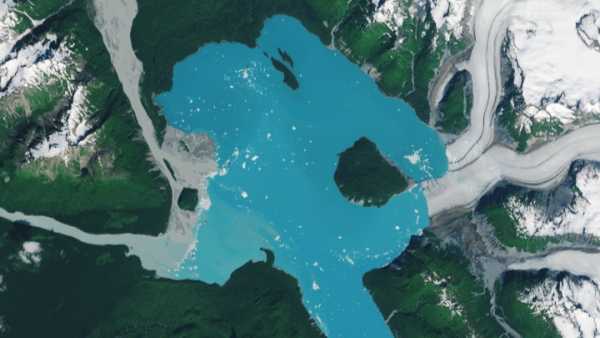
A “new” island has emerged from melting ice in Alaska.
-
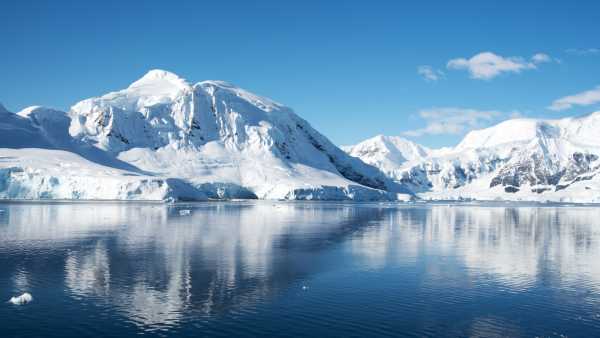
Drastic changes happening in Antarctica will 'affect the world for generations to come'
-
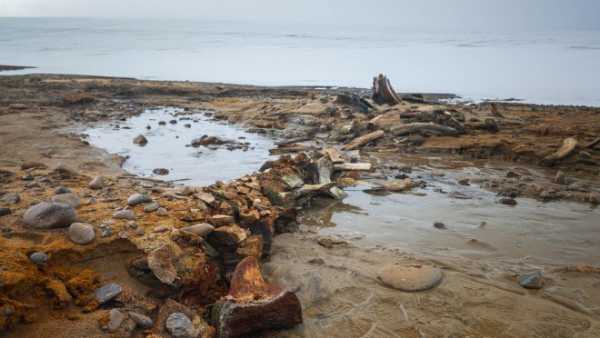
An ancient “whale graveyard” has been discovered beneath a melting Russian glacier.
Geologists have long known that the extent of mountain glaciers in what is now the western United States has alternately expanded and contracted over the past 11,700 years, a period known as the Holocene. During the warm early Holocene, the Sierra Nevada glaciers shrank, then expanded again in the mid- to late Holocene. Since then, they have shrunk in the last century, transforming from formidable ice walls overhanging steep slopes into small snowfields barely clinging to existence.
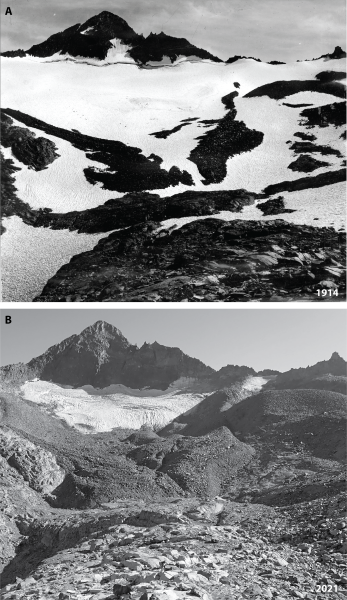
A retake of Maclure Glacier in Yosemite National Park. September 1914 and September 2021.
It was unclear whether these glaciers ever completely disappeared. Some studies of glacial sediments in lakes beneath the ice suggest they may have disappeared in the early Holocene and then re-formed 3,000 years ago.
To get a clearer picture, the researchers analyzed samples of boulders and recently exposed bedrock from four retreating glaciers in and around Yosemite National Park: Conness, Maclure, Lyell, and Palisade. They looked for specific forms of carbon and beryllium that form only when rocks are exposed to solar cosmic rays.
Because these variations don't form when rocks are buried and protected from the sun, their presence can indicate when the rock emerged from the earth. And because the variations decay at a known rate, they also serve as a kind of “clock” indicating the date of this emergence.
The results show that the rocks beneath these long-lived glaciers are exposed for periods ranging from less than 100 to several thousand years, and that none of the glaciers ever completely disappeared, although the eastern portion of the Lyell Glacier may have been even smaller in the early Holocene than it is today. This is consistent with modern warming trends, the study authors write: the recent summer warming in California of 3.6 degrees Fahrenheit (2 degrees Celsius) compared to the pre-industrial period is comparable to or even exceeds the climate of 11,000 years ago.
RELATED STORIES
— Glaciers in North America and Europe have lost “unprecedented” amounts of ice over the past four years.
— 25 items found frozen in the mountains of Europe
—Melting glaciers could trigger volcanic eruptions around the world.
Before the Holocene, during the ice age known as the Last Ice Age, the Sierra Nevada glaciers were more powerful, reaching their peak about 30,000 years ago. Humans have been confirmed to have lived in North America as early as 23,000 years ago. Some controversial archaeological evidence suggests humans lived in northwestern New Mexico about 30,000 years ago. In any case, it's unlikely humans ever saw the Sierra Nevada without ice.
“[Our] reconstructed glacial history shows that a glacier-free future for the Sierra Nevada is unprecedented in human history,” the authors write.
TOPICS: glaciers

Stephanie Pappas, Social Link Navigator, Live Science Contributor
Stephanie Pappas is a freelance writer for Live Science, covering a wide range of topics, from geological sciences and archaeology to the human brain and behavior. Previously a senior writer for Live Science, she now works as a freelance writer in Denver, Colorado, and regularly contributes to Scientific American and The Monitor, the monthly magazine of the American Psychological Association. Stephanie earned a bachelor's degree in psychology from the University of South Carolina and a graduate certificate in science communication from the University of California, Santa Cruz.
You must verify your public display name before commenting.
Please log out and log back in. You will then be asked to enter a display name.
Exit Read more
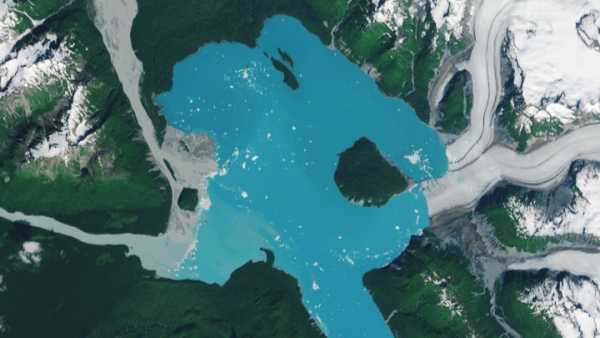
A “new” island has emerged from melting ice in Alaska.
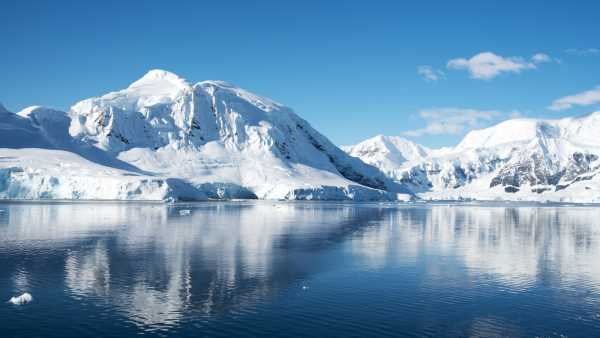
Drastic changes happening in Antarctica will 'affect the world for generations to come'
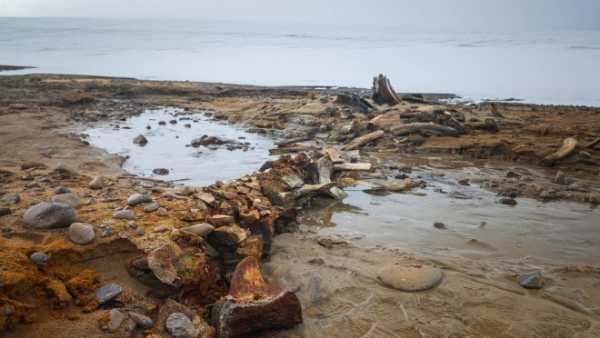
An ancient “whale graveyard” has been discovered beneath a melting Russian glacier.
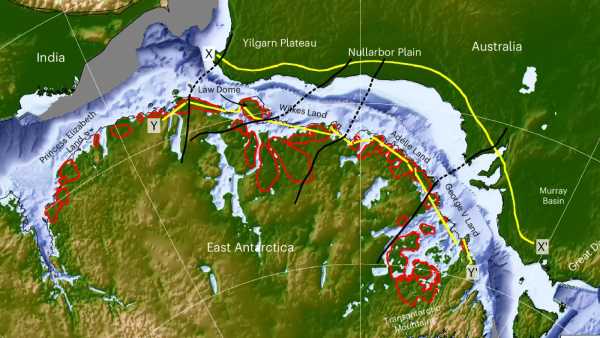
Scientists have discovered long-lost giant rivers that flowed through Antarctica up to 80 million years ago.
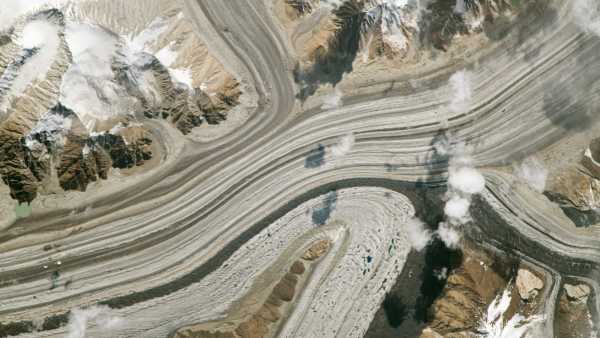
A trio of striped glaciers merging on the “highest battlefield on Earth” are part of a larger anomaly that scientists don't fully understand.
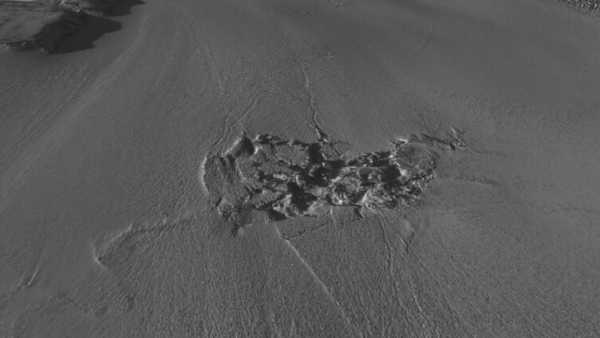
'It was so unexpected': 90 billion litres of meltwater pierced the Greenland ice sheet in an unprecedented melt
Latest news on climate change
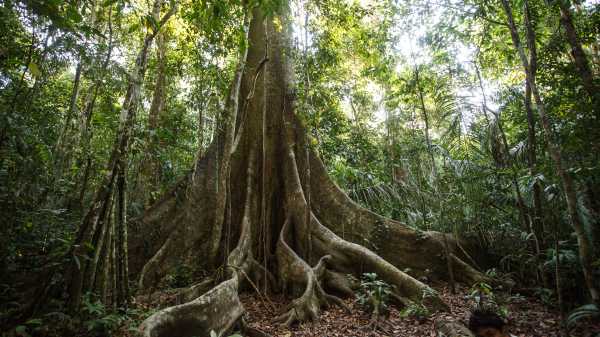
Trees in the Amazon rainforest are resisting climate change by growing thicker due to CO2 in the atmosphere.
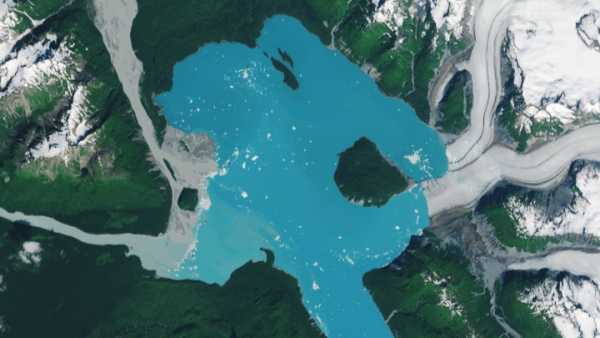
A “new” island has emerged from melting ice in Alaska.
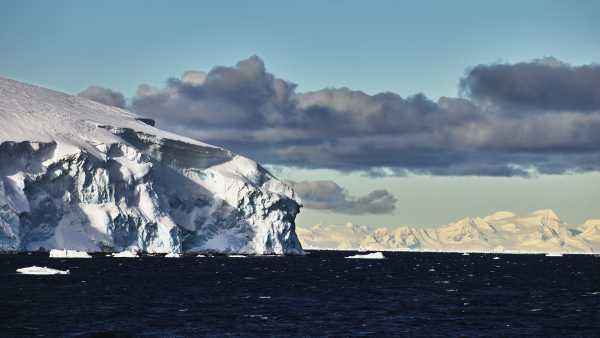
'Serious negative and unintended consequences': Polar geoengineering is not the answer to climate change

Climate action faces a new threat: pessimists who believe it's too late to act.
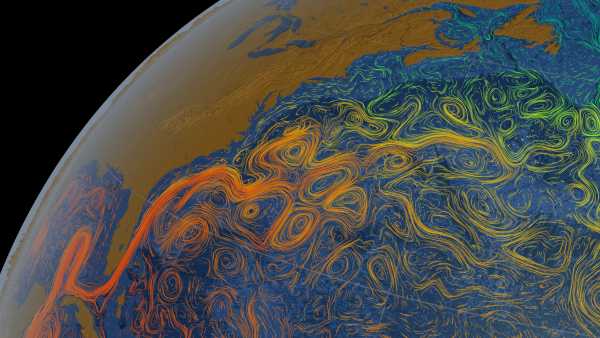
A new study has found that a key Atlantic current could begin to weaken as early as 2055.
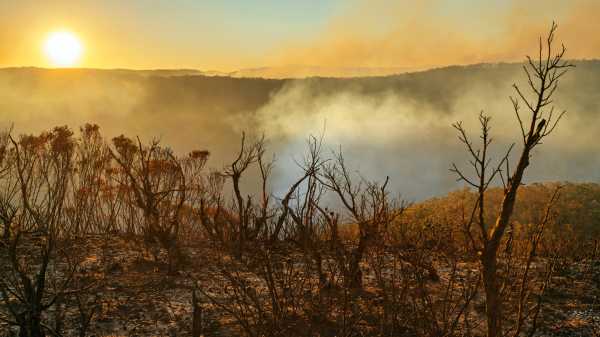
'Like a creeping mold spreading across the landscape': A study has found that isolated arid areas around the world are coalescing into 'mega-arid' regions at an alarming rate.
Latest news

Scientists created human eggs from skin cells and then used them to create embryos.
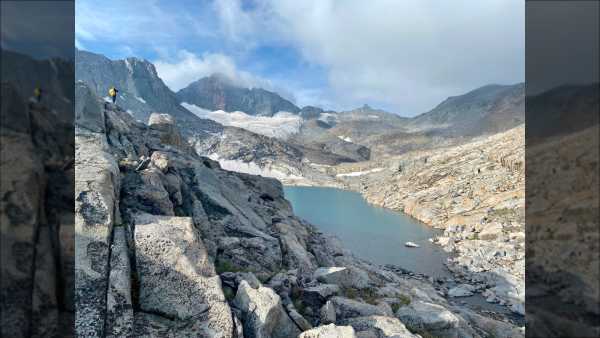
Yosemite's glaciers have survived for 20,000 years, but we may be the first people to see the Sierra Nevada ice-free.

Years of repeated blows to the head increase the risk of CTE—even if they aren't concussions.
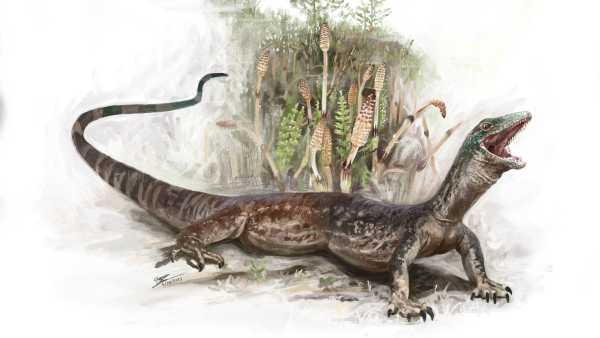
A mysterious 160-million-year-old creature discovered on the Isle of Skye is half lizard, half snake.
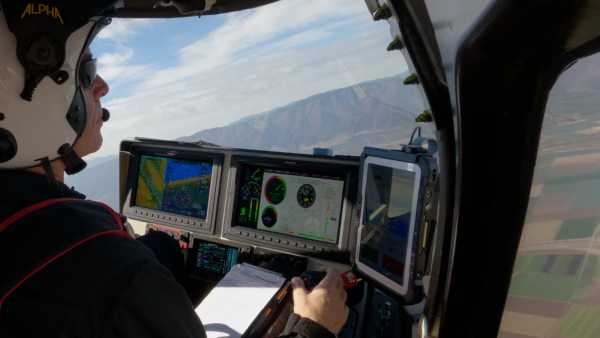
The 'Midnight' eVTOL broke its own record in its final test flight, bringing us closer to the launch of flying taxis.
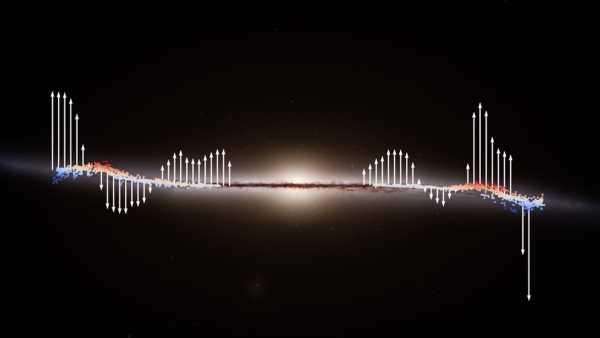
The “Great Wave” swept across our galaxy, displacing thousands of stars from their places.
LATEST ARTICLES

1Scientists created human eggs from skin cells and then used them to create embryos.
Live Science magazine is part of Future US Inc., an international media group and leading digital publisher. Visit our corporate website.
- About Us
- Contact Future experts
- Terms and Conditions
- Privacy Policy
- Cookie Policy
- Accessibility Statement
- Advertise with us
- Web notifications
- Career
- Editorial standards
- How to present history to us
© Future US, Inc. Full 7th Floor, 130 West 42nd Street, New York, NY 10036.
var dfp_config = { “site_platform”: “vanilla”, “keywords”: “type-news-daily,serversidehawk,videoarticle,van-enable-adviser-
Sourse: www.livescience.com


